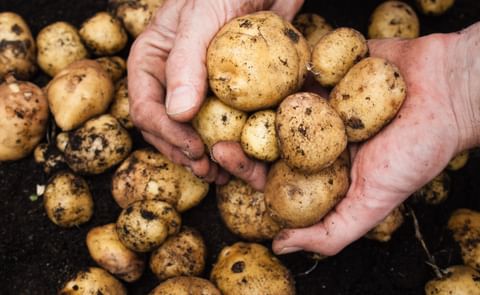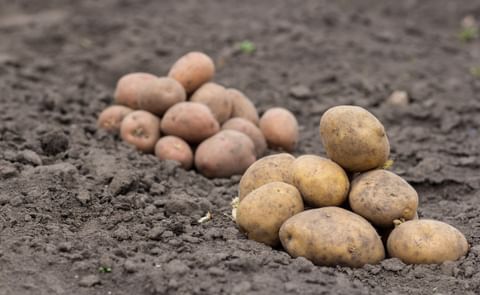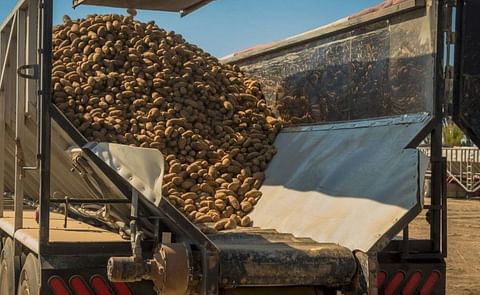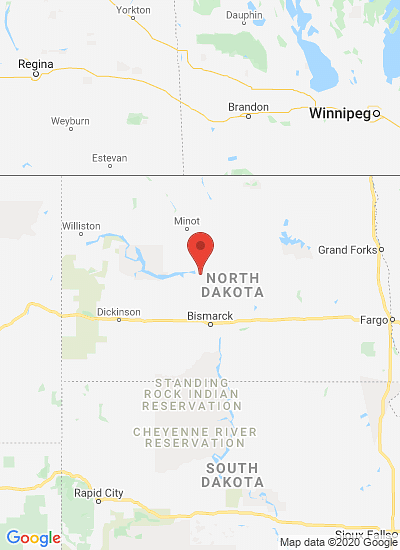Adult Potato Psyllid (Bactericera (paratrioza) cockerelli) (Courtesy: Gary McDonald)
Potato Psyllid Alert for North Dakota
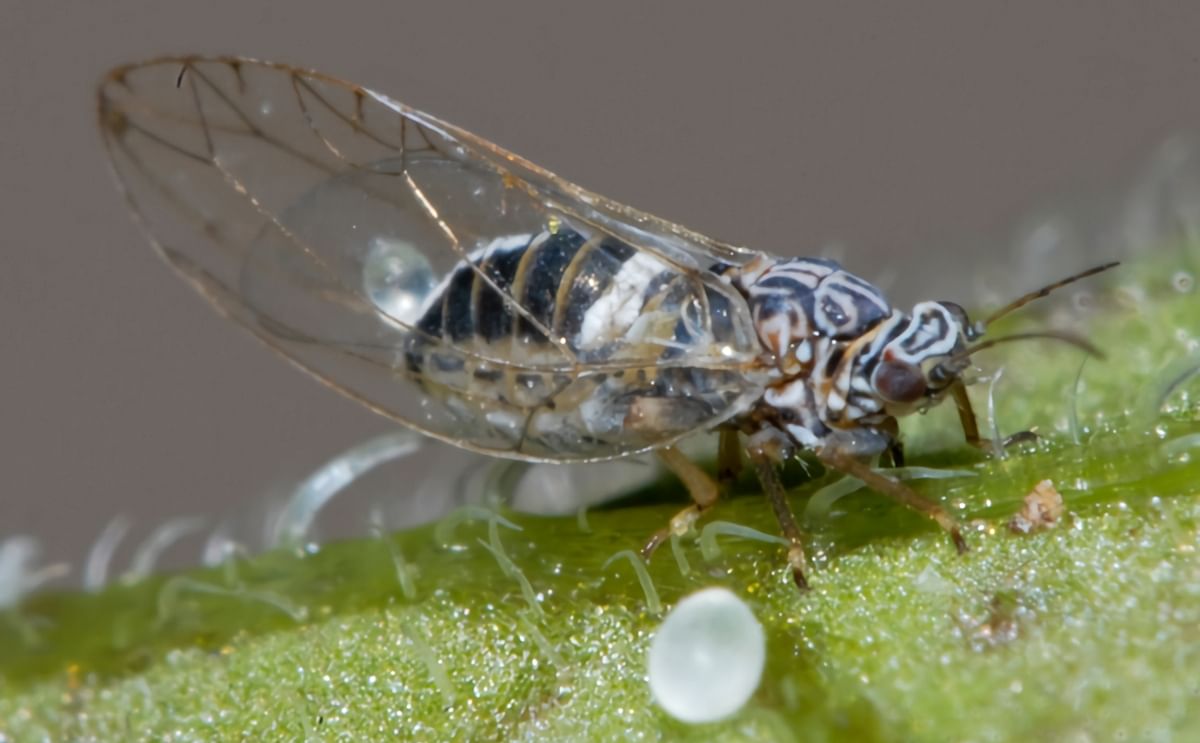
Potato psyllids have been reported in specific fields in western and central North Dakota. At this point populations are not widespread.
The potato psyllid is the vector for the Liberibacter bacterium that causes Zebra Chip; samples from the fields hosting psyllid populations are currently being tested to ascertain if they are infectious.
Even psyllids that are not infectious with the Zebra Chip Liberibacter can, however, damage potatoes. When psyllids feed they inject toxins with their saliva, causing “psyllid yellows”. Psyllid yellows symptoms include yellow or purple leaves, reduced tuber number and size, malformed tubers, and chaining of tubers. Typically yield impact is greatest if plants are infected prior to tuber set.
Psyllids can be scouted sweep nets, sticky traps or leaf samples. Sticky traps should be placed at the field edge and are best to monitor colonizing adults. Sweeping is also effective in assessing adult populations. Sample nymphs by collecting 100 leaf samples from the middle canopy at 10 locations through the field.
There is no research-based threshold for potato psyllids, if they're found in a field, it is recommended to consider an effective foliar insecticide.
Insecticides are best used in blocks of two successive applications of the same insecticide followed by an insecticide of differing chemistry (timing depends on label recommendations).
Avoid pyrethroid insecticides as they can flare populations.


